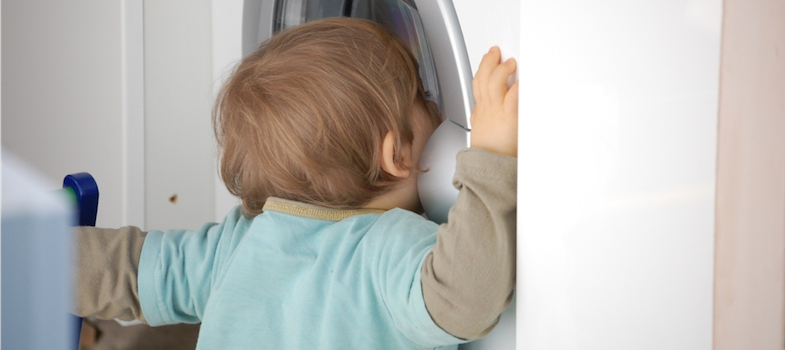Comment on Activity 6.1
Comments from practitioners
In the clip Sue highlighted that she found using In-the-Picture particularly useful in the initial home visits with a child because it steers her away from making assumptions. She could subsequently engage with the child much more effectively because she was more aware of their preferences and dislikes. Margje had also found that within her team discussions they used the approach reflectively to reconsider problems encountered during play interactions from the child’s perspective. Both practitioners felt that In-the-Picture underpinned developing much sounder relationships with individual children particularly in Sue’s case with those who were less comfortable with social interaction.Sue also emphasised the effectiveness of using the approach when observing children outside the home in their pre-school settings. For her this also raised the issue of going against the expectations of the setting staff who were keen to utilise visits from her to discuss issues rather than allow time to step back and consider what was going on.
Seeing ‘In-the-Picture’ as unconventional in terms of established practice was also a theme which arose in the interviews with other Portage practitioners.Some experienced a tension between the commitments and models of practice that they were used to and the introduction of ‘In the Picture’. As one person remarked:
I think at the moment it's not something I've found easy to fit in as far as planning, and like I say we have quite specific targets and aims when we're going out to do these sessions.
Other practitioners who were interviewed were able to use the approach more spontaneously without finding it compromised expectations or established ways of working. When reflecting on her practice in the film Sue was endeavouring to develop this spontaneity but recognised that initially this would require some pre-planning on her part.
For many of the practitioners from the services that were interviewed the approach became a fundamental starting point for their planning and provided new insights that gave their goals a new detailed child-focus. One home visitor noted:
My planning is also that much better, because I’ve done more detailed observations. I think that’s actually had quite an impact on my practice, well I’m hoping, it feels like it at the moment.
As well as being part of ongoing planning practitioners also felt that using In-the-Picture was useful in providing ideas for ways forward by re-engaging with the child’s perspective. One practitioners said:
I was really stuck with him. And yes, I used it and this has helped me a lot to understand a bit more about his behaviour and also help mum to understand more about the child. And this has helped me also to set targets and to adapt all the activity around this child’s needs.
The importance of encouraging other practitioners to explore the child’s perspective through the using In-the-Picture was also highlighted by the interviewees. As Sue had found such collaborative work could have a significant impact on the practice of staff in nursery and pre-schools. As one Home visitor noted:
The learning support assistant I’m working with at the moment I think would really benefit from using this approach. I can see already that she’s quite nervous about doing exactly the right thing for this child with additional needs; that she’s not hundred percent confident that she can do, and she’s already looking at all the outcomes and the targets that she should be working towards. And actually being able to pull her back a bit and get her to slow down and just reinforce the need to just be in tune with the child is going to help you to work towards all of those targets. But actually the first thing you need to do is just to slow down.
